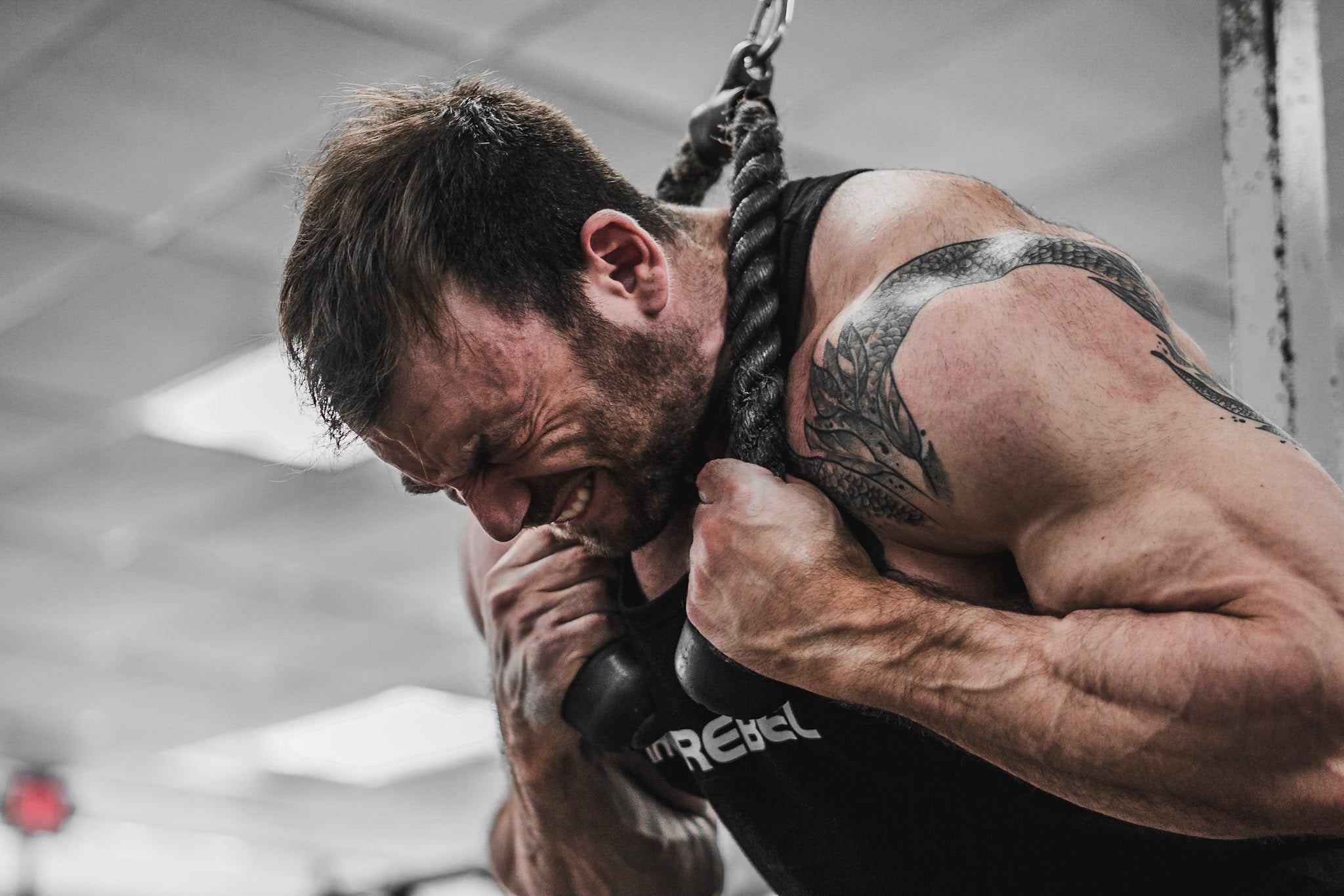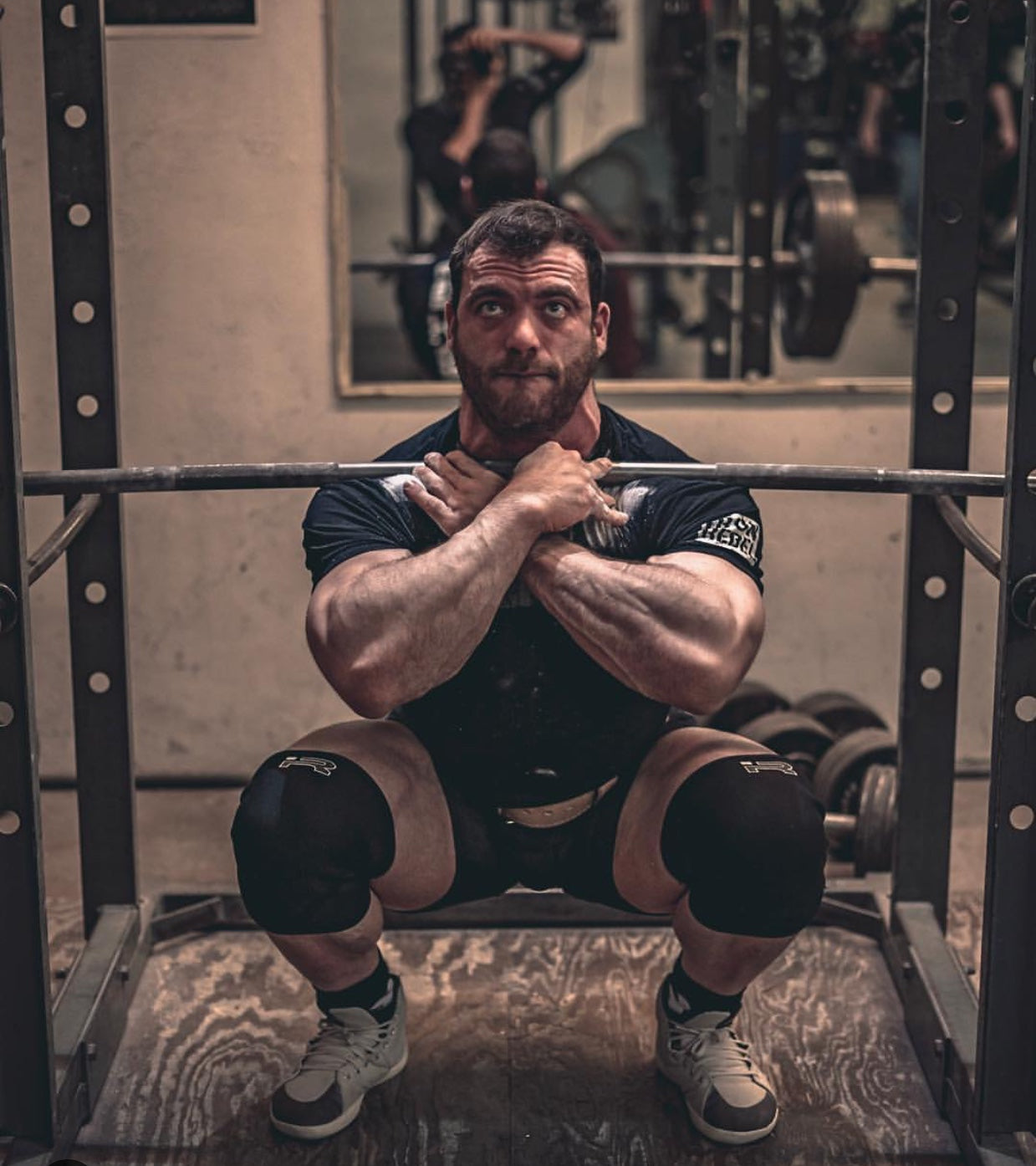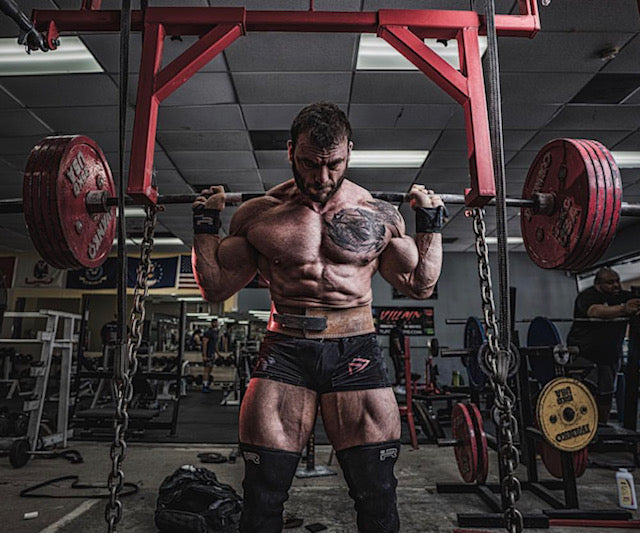A Tale of Two Lifters
Watch enough lifters starting out, and you’ll notice a pretty stark dichotomy. On the one hand, there’s the guy (or girl) who just has that fire. Every set and rep he does looks like an all-out gutbuster worthy of a Dan Green Instagram video. His effort is truly impressive… but that’s about all that’s impressive. His technique is rough around the edges at best, and cringeworthy at worst. He doesn’t seem to have any plan; he’s always program-hopping or “training by feel.” And his results reflect as much.
On the other hand, there’s the lifter who has the plan down pat. Every set, rep, and exercise is scheduled to a T, maybe even months in advance. His technique is picture-perfect, as if it came straight out of a textbook. And you can tell that he’s constantly working on it. In fact, he’s working on it so much that sometimes it seems like he forgets to actually, y’know, try. He obsesses over the 13 degrees of knee valgus on one rep of one set of squats that he insists on lowering the weight for the next session, even though the set didn’t look or feel all that difficult.
I know that sounds like hyperbole, and maybe it is, a little bit. But honestly, this tale of two lifters isn’t so far off the truth for many people. And that’s a problem, because — just as in most things — the key to long-term success is balance.
Technique and Effort: What’s Your Balance?
When you’re just starting out, it can be almost impossible to find balance. There’s a lot of reasons for that:
You lack the experience with the extremes that’s necessary to find the middle. Imagine that you’re visiting a new town and you decide to take a walk. You find a trail, and start following it. As you walk, you have no idea how long the trail is, but eventually you reach the end, and turn around to go home. On the return trip, you might not be totally familiar with the trail, but you can at least kind of estimate the midpoint. And if you walk the trail over and over and over again, eventually you’ll know it so well that you can tell exactly when you’re at the halfway point (maybe you remember a particular tree or landmark).
It’s the same with training: sometimes you’ll push too hard, and sometimes not hard enough, but eventually you’ll learn to find the sweet spot between the two.
You’re bombarded by different opinions. With the overwhelming access to information we have now, this pitfall is all too common. You’ll get one guy in the gym who tells you one thing; another tells you the exact opposite, and somehow, the guy commenting on your Instagram video tells you the exact opposite of that, and it’s still different than what the first guy said. Sound familiar? This type of information overload can easily lead to analysis paralysis, and isn’t conducive to hard, productive training.
The secret here is to remember that everyone is different. There are no right answers, so stop trying to look for them, and instead, focus on finding your own balance. When it comes to technique, that balance is simple: you’re looking for technique that allows you to progress and does not cause you pain or recurring injury. If your form fits that criteria, then you’re golden. Of course, you should be always striving to make small improvements, each and every time you walk into the gym, but instead of pouring all your effort into finding “perfect” technique, instead, focus on training harder.
You’re scared. This one might sound a little off base, but in my experience, when we choose to stubbornly stick to our ways instead of striving for improvement, it’s because we have some sort of underlying fear that’s preventing us from doing so. If you’re technique is virtually picture-perfect but you insist on continuing to obsess over it, maybe you’re actually avoiding what’s necessary to push yourself in the gym. You might be avoiding it because you fear injury, or even just discomfort; hell, you might even be embarrassed of what other people would think if your form was as ugly as the first guy in the story at the beginning of this article.
On the flip side, if all you do it go all-out, and never take the time to really think things through or demonstrate the discipline that’s often necessary to progress, maybe you’re afraid that if you try to do things the right way, that you’ll fail. Man, can I ever relate to this one!
Awareness is Key
In my next post, I’ll share some advice on how you can really dial in your balance between technique and effort. But until then, I want you to focus on awareness. Don’t try to change anything about your actual training, but do take a minute to pause after each set and evaluate your balance. Did it feel right? Did your reps get really sloppy towards the end? Or did you maybe lean a too much towards perfect technique and not push hard enough?
That information will come in handy for the next lesson!
Read more

Weighted planks are one of my favorite exercises for the core. I generally prefer static-strength movements for abs, for two reasons:1. The abs function as a stabilizer in the powerlifters. I’m gen...

Typically, when you ask about knee wraps, you’ll hear a lot of buzzwords. Characteristics like stiff or stretchy seem pretty straightforward. So, even, do ones like rebound and cast, assuming yo...


Leave a comment
All comments are moderated before being published.
This site is protected by hCaptcha and the hCaptcha Privacy Policy and Terms of Service apply.